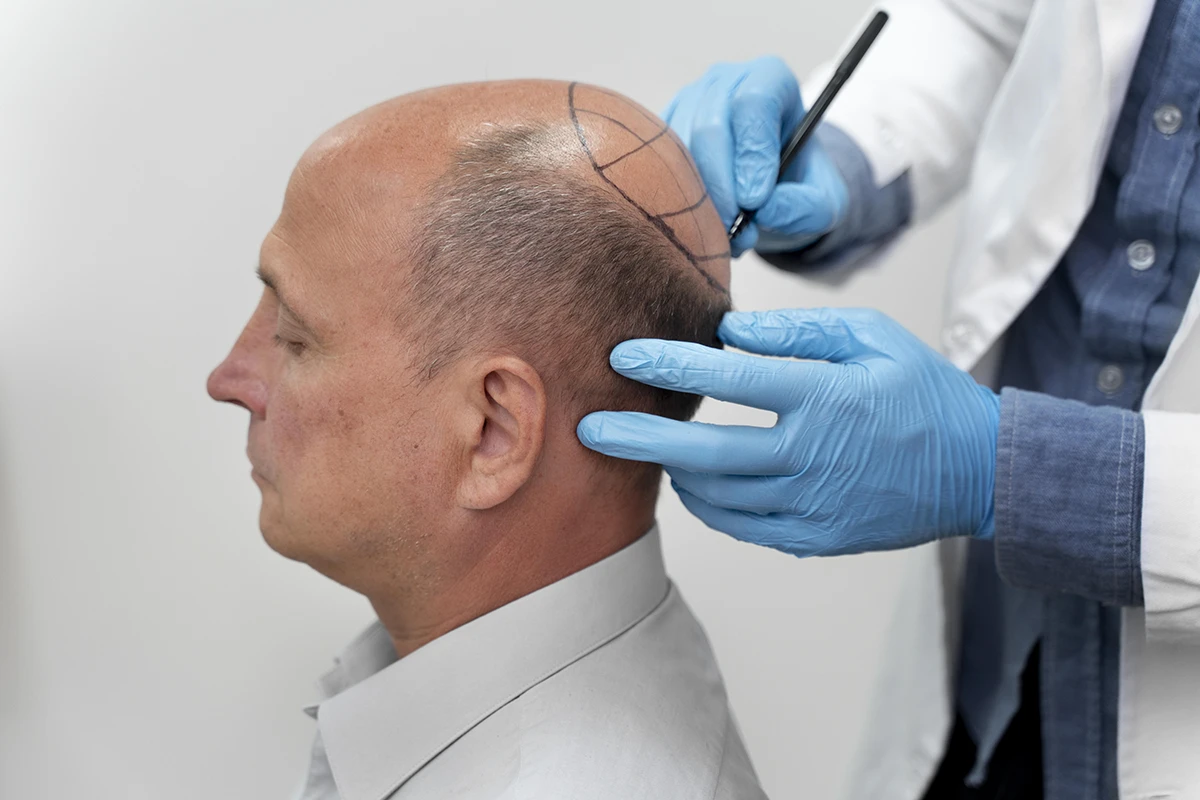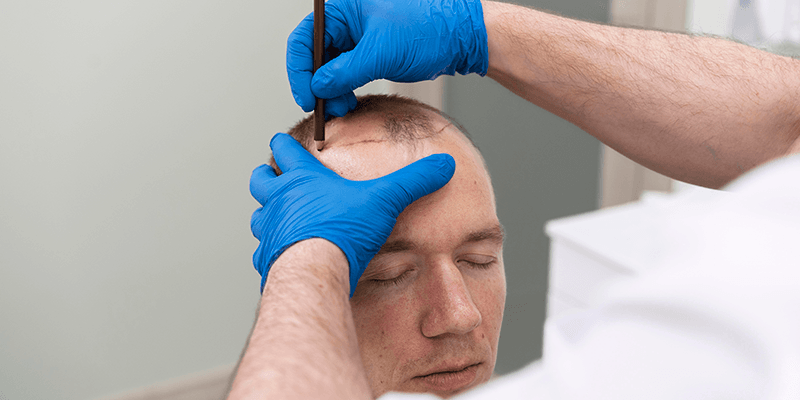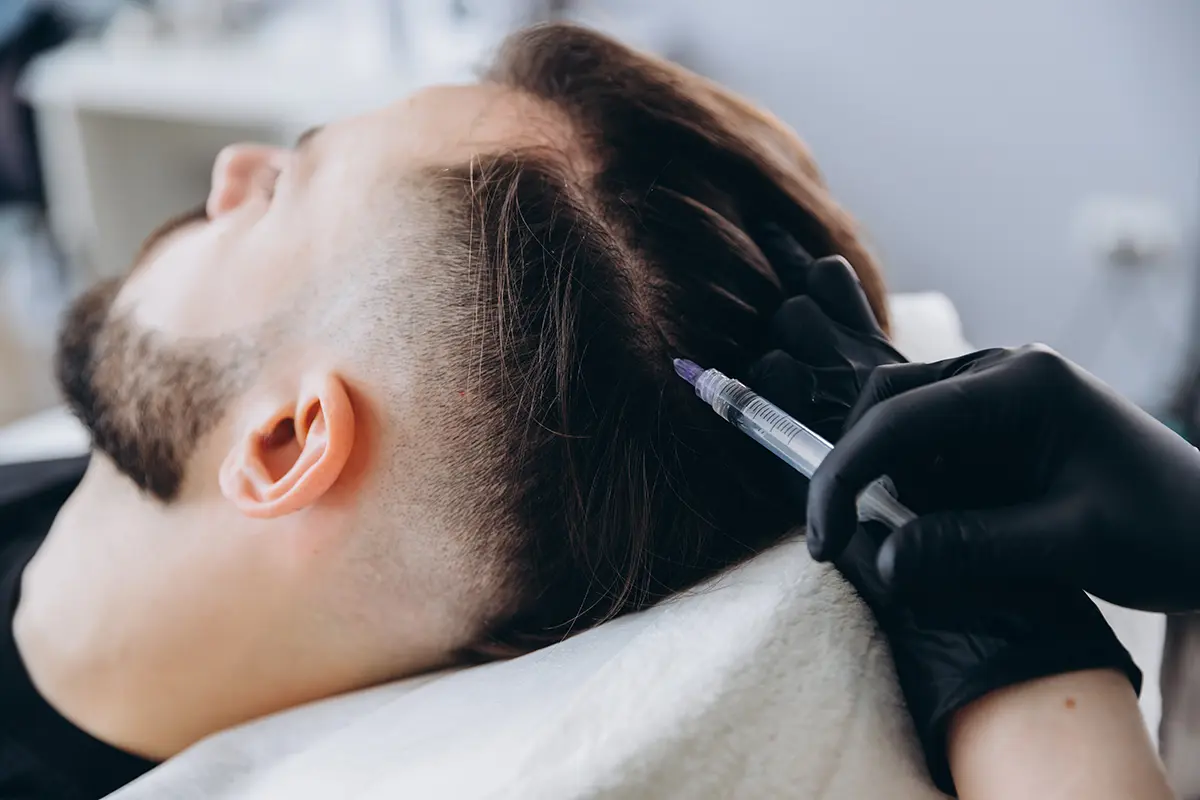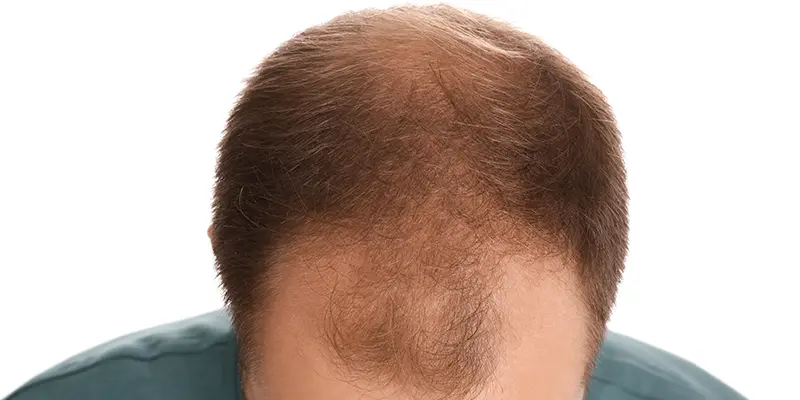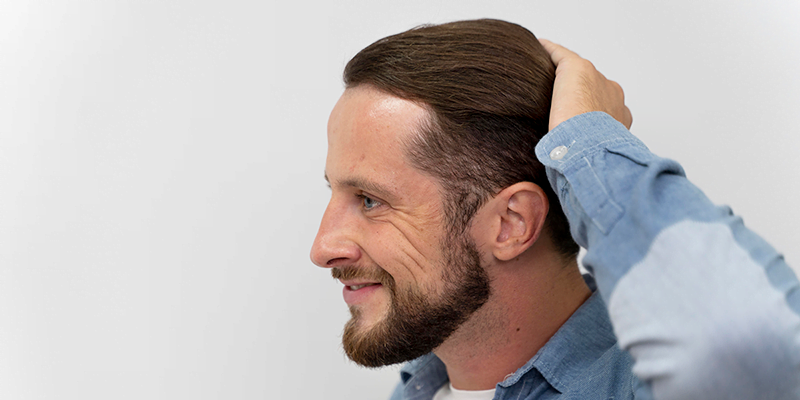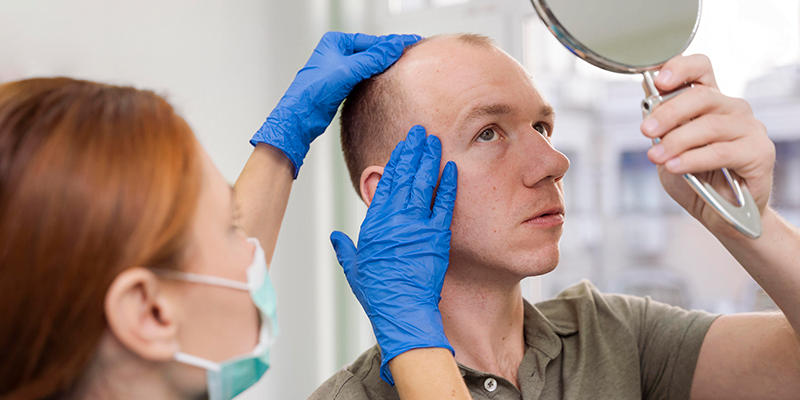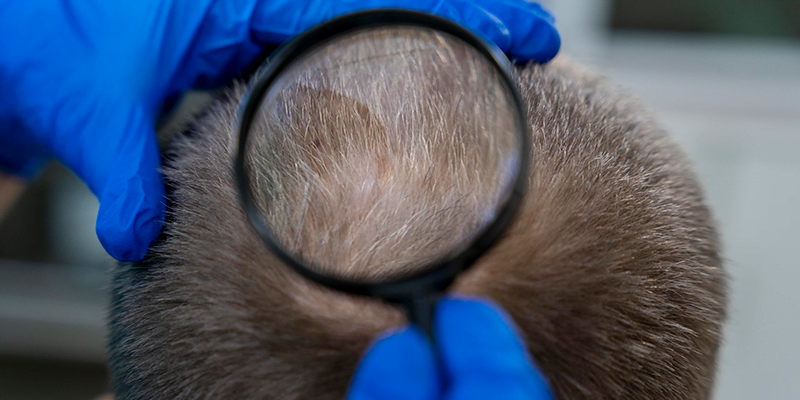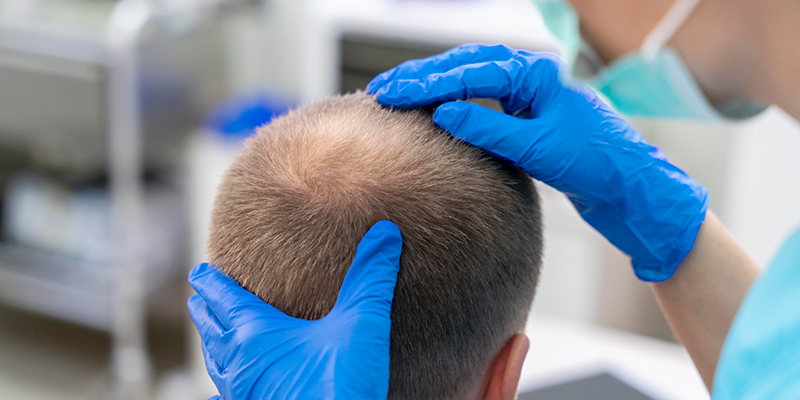The demand for hair restoration is growing worldwide, and Turkey is a top destination for those seeking effective and affordable solutions. If you’re considering a 4000 grafts hair transplant in Turkey, you’re likely evaluating the balance between cost and quality. Turkey’s reputation for delivering high-quality hair transplants at competitive prices makes it a preferred choice for many. This guide will explore the 4000 grafts hair transplant cost in Turkey, what the procedure involves, and why Turkey is a leading option for hair restoration.
What is a 4000 Grafts Hair Transplant?
Understanding the 4000 Grafts Procedure
A 4000 grafts hair transplant involves extracting and transplanting 4000 follicular units from a donor area, usually at the back of the scalp, to areas with thinning or baldness. This procedure is ideal for patients with significant hair loss, particularly for restoring a receding hairline or covering large bald areas. The transplant can be done using techniques like FUE (Follicular Unit Extraction) or DHI (Direct Hair Implantation), both of which are widely practiced in Turkey.
Ideal Candidates for 4000 Grafts
The ideal candidates for a 4000 grafts hair transplant are those with substantial hair loss but who still have enough donor hair. This number of grafts is usually needed for those seeking dense coverage and a fuller head of hair. An experienced surgeon can help determine if 4000 grafts will achieve your desired results.
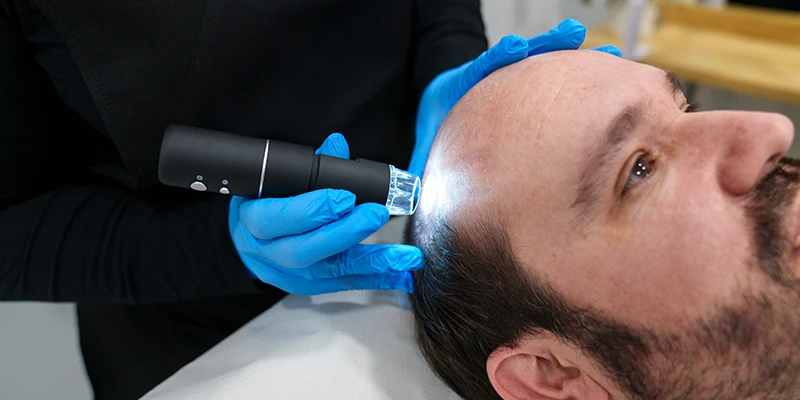
Factors Influencing the 4000 Grafts Hair Transplant Cost in Turkey
Clinic Reputation and Surgeon Expertise
The cost of a 4000 grafts hair transplant in Turkey can vary depending on the clinic’s reputation and the surgeon’s expertise. Clinics known for high success rates and exceptional patient care may charge more, reflecting the quality of their services. However, even the top clinics in Turkey typically offer more affordable prices than similar facilities in Europe or the United States.
Technique Used
The technique chosen for the transplant, such as FUE or DHI, also impacts the overall cost. DHI tends to be more expensive due to the precision and advanced technology required, which can lead to better density and natural results. Your surgeon will recommend the best technique based on your specific hair restoration goals.
All-Inclusive Packages
Many clinics in Turkey offer all-inclusive packages that cover everything from pre-operative consultations to post-operative care. These packages often include accommodation, transportation, and additional services, contributing to the overall cost but providing excellent value for international patients.
Average Cost of 4000 Grafts Hair Transplant in Turkey
Price Range
The average cost for a 4000 grafts hair transplant in Turkey ranges between $3,000 and $7,000. This range depends on factors like the clinic’s reputation, the surgeon’s experience, and the technique used. These prices usually include comprehensive packages that cover the entire procedure, ensuring there are no hidden costs.
What’s Included in the Cost?
Typically, the cost of a 4000 grafts hair transplant in Turkey includes:
- Initial consultation and hair analysis
- The transplant procedure (with anesthesia)
- Post-operative care and follow-up appointments
- Medications required for recovery
- Accommodation and transportation services (in many cases)
These packages provide patients with everything they need for a successful and comfortable experience.

Why Turkey is a Top Destination for 4000 Grafts Hair Transplants
High-Quality Medical Care at Competitive Prices
Turkey has earned a strong reputation for providing world-class medical care, especially in hair transplantation. The 4000 grafts hair transplant cost in Turkey is significantly lower than in many other countries, making it an attractive option for quality treatment without breaking the bank. Turkish clinics are equipped with the latest technology, and surgeons are highly skilled, ensuring excellent outcomes.
Experienced Surgeons and Advanced Techniques
Turkey is home to some of the most experienced hair transplant surgeons globally. These professionals are trained in the latest techniques and have extensive experience in handling complex cases. Whether you choose FUE or DHI, you can trust that you’re in capable hands.
Comprehensive and Convenient Care Packages
One of the key benefits of a 4000 grafts hair transplant in Turkey is the availability of comprehensive care packages. These packages often include everything from the initial consultation to post-operative follow-ups, making the entire process seamless and stress-free. Many clinics also offer additional services, such as translators and personalized assistance, to ensure that international patients feel comfortable and well-cared-for throughout their stay.
Explore Turkey While You Recover
In addition to receiving top-notch medical care, choosing Turkey for your hair transplant allows you to explore the country’s rich cultural and historical heritage. Many patients take the opportunity to enjoy Turkey’s beautiful landscapes and vibrant cities either before or after their procedure, making their medical journey a memorable experience.
Recovery and Results After a Hair Transplant
Recovery Process
The recovery period after a hair transplant is generally straightforward. Most patients can return to their normal activities within a week. The donor and recipient areas will heal within a few days, although full recovery and optimal results take several months. Following your surgeon’s aftercare instructions is crucial to ensuring the best possible outcome.
Expected Results
Results from a 4000 grafts hair transplant typically become noticeable within three to six months, with full results visible around 12 to 18 months after the procedure. With 4000 grafts, patients can expect significant improvement in hair density and coverage, especially in previously thinning or bald areas.
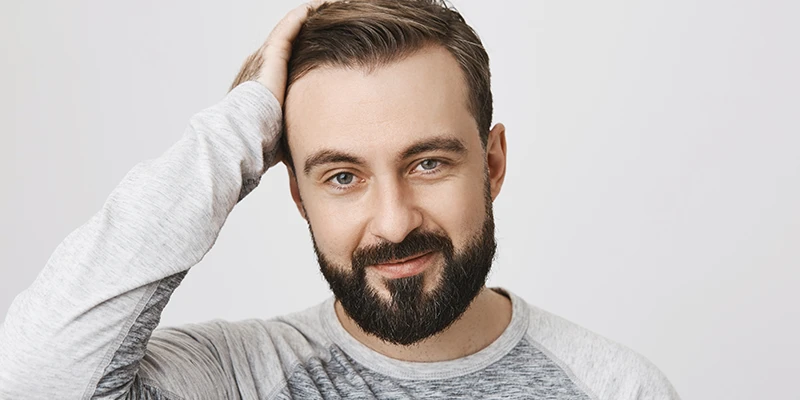
Conclusion: Is a 4000 Grafts Hair Transplant in Turkey Worth It?
A hair transplant in Turkey offers an excellent combination of high-quality care and affordability. With experienced surgeons, advanced techniques, and comprehensive care packages, Turkey provides an ideal environment for achieving your hair restoration goals. If you’re dealing with significant hair loss and seeking a reliable solution, Turkey is a top destination to consider.
Checkout other blog: Why is Turkey the Global Leader in Hair Transplants?
Lenus Clinic: Your Partner in Achieving Hair Restoration Success
For those seeking exceptional results, Lenus Clinic in Turkey offers a unique blend of expertise, personalized care, and cutting-edge technology. The clinic’s experienced team is dedicated to delivering natural, lasting results that meet each patient’s specific needs. At Lenus Clinic, the focus is on providing a comprehensive, patient-centered experience that goes beyond the procedure itself, ensuring you feel supported every step of the way. With its commitment to excellence, Lenus Clinic stands out as a trusted partner in your journey to achieving the hair restoration results you desire.
